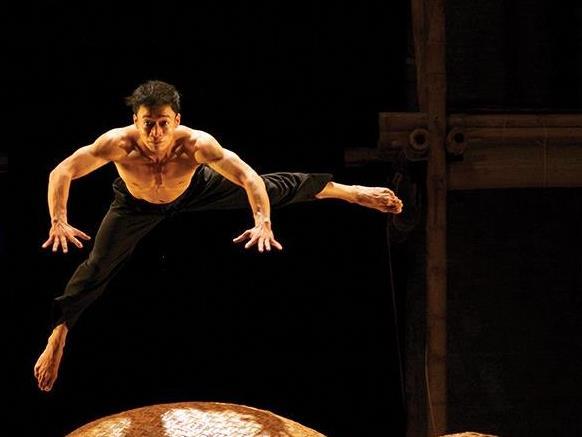A O Lang Pho will perform at the Perth International Festival
Christmas is over, Perth International Arts Festival and the Fringe are starting and then … election time! “Hooray”, I hear you mumble.
This election campaign has had a major focus on infrastructure. Are we going to build, expand, sell or finish it? Should we have built it? Why did it cost so much and take so long?
Roe Highway, Western Power, Perth Children’s Hospital, Fremantle Ports, Metronet and Ocean Reef Marina are among the major infrastructure investments in the spotlight.
Infrastructure is important. It can be society defining. I am thinking Bilboa Guggenheim, Sydney Opera House, and our beautiful new museum to open in 2020. I also declare my interest in ensuring a suitable future for our port infrastructure as deputy chair of Fremantle Ports.
But I am hoping there will also be policy and funding promises made that are aimed at building an enduring and creative society for WA. These commitments are infinitely subtler, usually cheaper and not as hotly contested, but are arguably much more important in shaping who we are as a society now and for the longer term. And arts policy and funding should be among them.
Late last year the Chamber of Arts and Culture WA released our pre-election submission.
It’s a submission made on behalf of a sector that is in strife. Not because of the quality or passion of WA artists, teachers and audiences, but because it has been overlooked for many years.
And sound arts policy, appropriately funded, affects all of us. I am yet to meet a Western Australian that hasn’t learnt art, played an instrument, sung a song, grooved to a band, written a poem, read a book, danced, been to a festival, downloaded music or watched a film.
Our submission is straight forward. Firstly, we would like to see an Arts and Culture Policy from all parties. Is that too hard? Other States have them, why can’t we?
Secondly, we would like the policy to come with spending commitments. At the heart of this request is a desperate call yet again (we have been asking for several years) for government to return the per cent of arts funding, depleted over 15 years, to levels at which the sector can deliver more effectively for this State.
Arts bring creative, multiple and layered viewpoints and meaning to a world that is ever more complex and disrupted. It connects our community and its role in development, learning, health and tourism is clear, yet the State’s investment as a percentage of total expenditure has halved over 15 years. Core arts funding has dropped from a modest 1.1 per cent in 2001 to a disgraceful 0.5 per cent in 2016. Years of steady reduction in core government funding coupled with recent reduced corporate and philanthropic support has severely depleted the arts sector.
Arts and creative industries employment sits at 3.76 per cent of the total workforce in Western Australia, lagging well behind the national average of 5.29 per cent due to lack of government support to build capacity. The lack of investment has resulted in no jobs growth in a sector that contributes $10.6 billion to the State economy and employs over 42,000 people.
This makes no sense at a time when we are trying to diversify our economy. Look at Victoria with its $115 million Creative State investment last year. We need to tap into our potential and grow our creative and arts industries, not starve them.
The politicians are focusing on marginal seats, big picture infrastructure, big bucks and winning titbits. Arts funding is miniscule compared to the big ticket items like health, education, policing and infrastructure. So, what does the public think?
Research conducted by Pattersons Market Research last year revealed that 71 per cent of respondents support increased government investment in arts and culture. And 95 per cent think their kids should have access to arts and culture. Yes, the public cares.
And the arts can also give you a direct return on investment. Evidence shows substantial economic as well as social return, whether it is through Screenwest’s building of a State screen industry bringing jobs and investment, or Fringe World and PIAF drawing dollars and thousands of people to the CBD, Northbridge and locations around the State. Nor should we forget the nearly billion dollars that our world renowned contemporary music industry contributes to our economy.
Above all, arts are a great societal investment. We need our political parties to pay serious attention to this now and for future generations.





